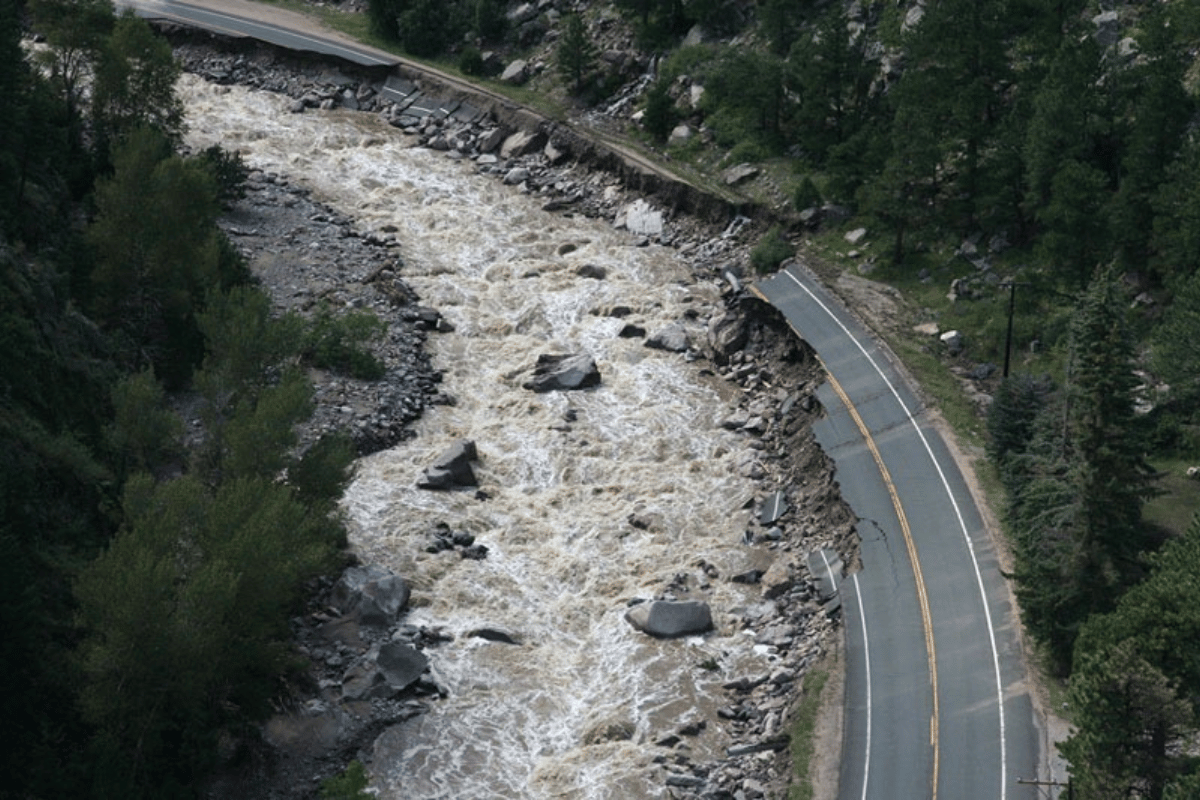On a summer morning in July 1918, the USS San Diego was steaming off the coast of Long Island, N.Y., when it was rocked by an explosion.
Within 30 minutes, the vessel listed and sank, forcing its crew of more than 1,000 to abandon ship. Six enlisted sailors died. The armored cruiser was reportedly the only major U.S. warship to be lost in World War I.
For the past century, the ship has sat at the bottom of the Atlantic, its location well-known but the cause of its sinking a mystery. Now, a team of researchers say they have determined the source of the blast: an underwater mine from a German U-boat.
In announcing the results of the investigation on Tuesday, Ken Nahshon of the Naval Surface Warfare Center said the research group wanted to figure out whether the ship was lost to sabotage, an accident or attack. They used a process of elimination to come to their final conclusion. Computer modeling showed the blast came from outside the ship, ruling out the first two explanations, Nahshon said. That lead them to investigate the third possibility, an attack from outside the ship.
According to the Naval History and Heritage Command, German submarines frequented the waters where the USS San Diego was that fateful day — in fact, the ship's crew had been on alert for them at the time of the attack. And after reading transcripts from interviews with crew members, researchers concluded that the weapon used was a naval mine from a U-boat — because no one on board the San Diego mentioned seeing a stream of bubbles, the telltale sign of an approaching torpedo.
But which U-boat likely carried out the attack? That was answered by historical charts from the U.S. Navy Hydrographic Office that showed a particular German sub off Long Island in July 1918: U-156.
U-156 was already in the history books for another mission — just two days after the USS San Diego sank, it carried out the only attack on U.S. soil during World War I when it fired at a convoy of ships off the coast of Orleans, Mass., sending a torpedo slamming into the beach.
"For most Americans, World War I was a conflict fought abroad, in trench warfare, on land," said one of the researchers, Alexis Catsambis of the Naval History and Heritage Command. "However, the sea itself played a defining role in the turn of the war."
As NPR's Greg Myre writes: "President Woodrow Wilson won re-election in 1916 with the slogan 'He kept us out of war.' But when German submarines launched a new round of attacks on civilian vessels in early 1917, including American ships, the American mood changed." And two million U.S. troops made the journey across the Atlantic, which was defended against German submarines by warships like the coal-fired San Diego.
The USS San Diego has long been a source of fascination for naval historians and divers. Its final resting place, which sits more than 100 feet below the storm-churned waters south of Fire Island, has even earned a nickname as an artificial reef — the "lobster hotel."
In July, the Navy commemorated the 100-year anniversary of the cruiser's sinking in a wreath-laying ceremony for the six sailors lost in the attack. Researchers said Tuesday they found no indication that the crew's actions contributed to the disaster.
"Telling an accurate history of what happened honors their memory," Catsambis said. "And we have been able to validate the fact that these men did everything right in preventing and responding to a catastrophe."
9(MDEyMDcxNjYwMDEzNzc2MTQzNDNiY2I3ZA004))








